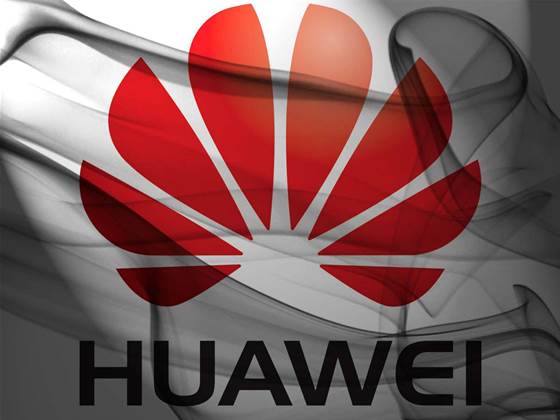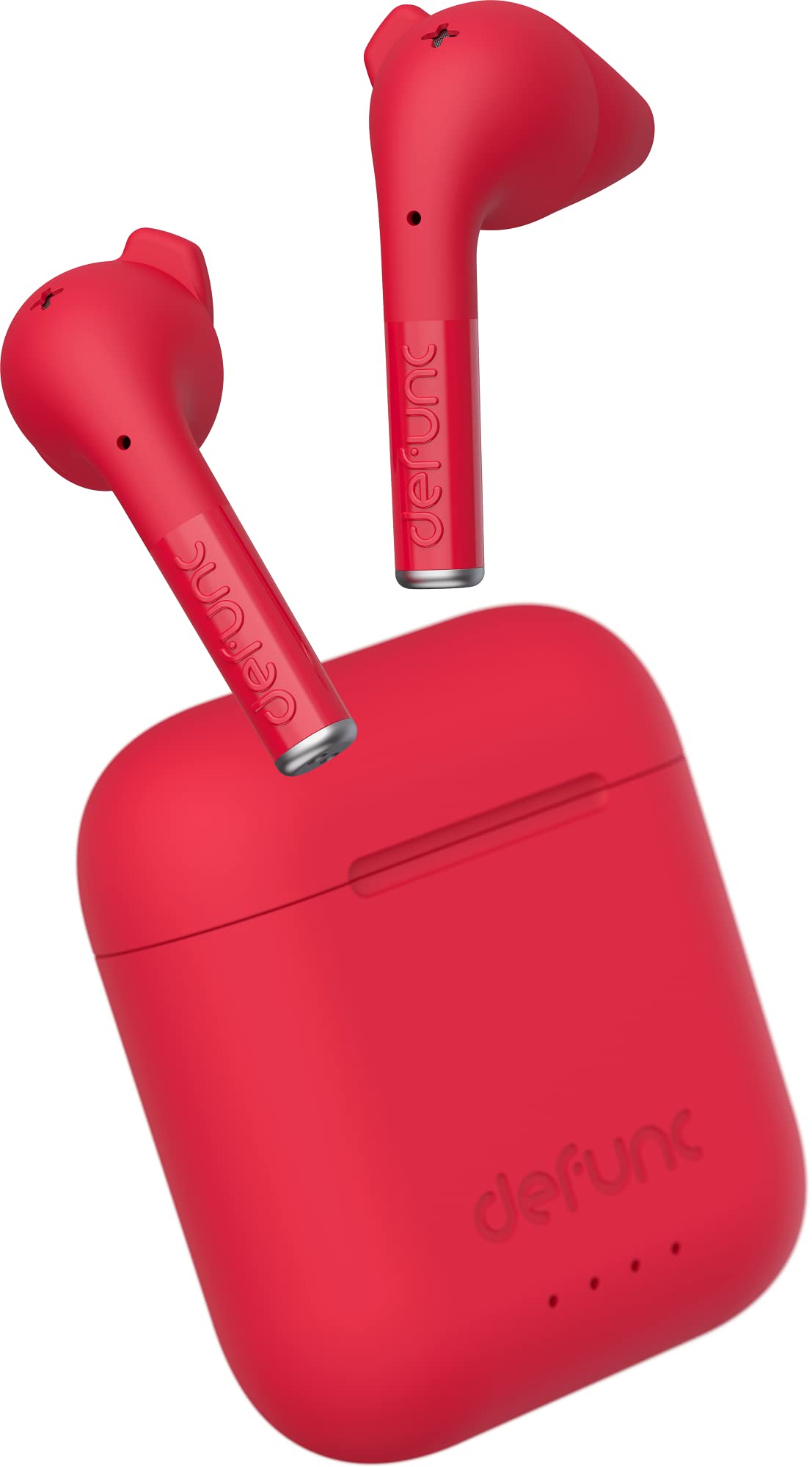Alphabet, the parent company of Google, is in discussions to acquire the cybersecurity startup Wiz.
We independently review everything we recommend. When you buy through our links, we may earn a commission which is paid directly to our Australia-based writers, editors, and support staff. Thank you for your support!
Alphabet’s Groundbreaking Negotiation with Cybersecurity Startup Wiz
Quick Read
- Alphabet, the parent company of Google, is in advanced negotiations to acquire Wiz for about 23 billion US dollars (34 billion in local currency).
- This purchase might be the biggest one Alphabet has ever made.
- Wiz provides cloud-based cybersecurity solutions utilizing AI-powered threat detection.
- In 2023, Wiz achieved a revenue of $350 million and provides services to 40% of Fortune 100 companies.
- The agreement occurs during increased regulatory examination under the Biden administration.
- The number of mergers and acquisitions in the technology sector has increased by more than 42% compared to the same period last year.
Alphabet Announces Revolutionary Purchase
Alphabet Inc., Google’s parent company, is allegedly in the late stages of talks to purchase the cyber security firm Wiz for around US$23 billion (AU$34 billion). Should it go through, this significant transaction would be Alphabet’s biggest acquisition so far.
A source with knowledge of the situation indicated that the acquisition will mostly be financed in cash and might be finalized in the near future. This move highlights the increasing significance of cyber security as tech behemoths strive to find innovative methods to safeguard data and infrastructure.
About Wiz
Established in Israel and now based in New York, Wiz is among the rapidly expanding software startups worldwide. The company focuses on cloud-based cybersecurity solutions, utilizing artificial intelligence for instant threat detection and response.
In 2023, Wiz achieved roughly US$350 million in revenue and is currently partnering with about 40% of Fortune 100 companies. Remarkably, the startup secured US$1 billion in a private funding round, which valued the company at US$12 billion.
Wiz serves a varied clientele, including prominent firms like Morgan Stanley and DocuSign. The company collaborates with several cloud providers including Microsoft and Amazon.
Regulatory Hurdles Ahead
If Alphabet goes ahead with this acquisition, it would be an uncommon example of a prominent tech company trying to carry out a significant merger amidst rising regulatory supervision. Under President Joe Biden’s administration, US regulators have expressed increasing opposition to large tech firms further expanding through acquisitions.
Despite possible regulatory hurdles, the tech industry has experienced a substantial increase in dealmaking activities this year. For example, design software firm Synopsys agreed to purchase Ansys for approximately US$35 billion, while Hewlett Packard Enterprise reached a US$14 billion agreement to acquire Juniper Networks.
Plans for Development and Enlargement
Wiz employs approximately 900 individuals across the United States, Europe, Asia, and Israel. The company intends to increase its workforce by hiring an additional 400 employees worldwide in 2024. This expansion showcases Wiz’s dedication to growing its operations and improving its cybersecurity services.
Alphabet’s interest in Wiz follows the tech giant’s decision not to acquire the online marketing software company HubSpot. This potential acquisition aligns with Alphabet’s strategy to bolster its presence in the cybersecurity sector.
Increase in Mergers and Acquisitions
The technology sector has seen a significant increase in mergers and acquisitions this year. Data from Dealogic indicates that technology led M&A activities during the first six months of the year, rising by over 42% compared to the previous year to reach $327.2 billion.
This pattern emphasizes the growing desire among tech firms to strengthen their market standings and purchase innovative startups providing distinct solutions.
Summary
Alphabet is reportedly in advanced negotiations to purchase cybersecurity startup Wiz for around US$23 billion ($34 billion). If completed, this acquisition would represent Alphabet’s most significant to date, highlighting the increasing significance of cybersecurity solutions in the modern digital environment. This deal occurs amidst intensified regulatory oversight, yet it follows the broader trend of rising mergers and acquisitions within the tech industry.
Q&A Section
Q: Why is this acquisition important for Alphabet?
A:
This acquisition would be the largest in Alphabet’s history, underscoring its dedication to strengthening cybersecurity capabilities in the face of increasing digital threats.
Q: What kinds of services are provided by Wiz?
A:
Wiz offers cybersecurity solutions through the cloud, utilizing artificial intelligence for real-time threat detection and responses.
How has Wiz fared financially?
A:
In 2023, Wiz produced approximately US$350 million in revenue and recently secured US$1 billion through a funding round that valued the company at US$12 billion.
What potential regulatory obstacles could this acquisition encounter?
A:
During President Biden’s tenure, there has been heightened regulatory attention on major technology companies purchasing smaller firms, potentially complicating this transaction.
Who are some of the prominent clients of Wiz?
A:
Wiz partners with leading enterprises such as Morgan Stanley and DocuSign and works together with cloud service providers like Microsoft and Amazon.
Q: In what way does this acquisition align with Alphabet’s overall strategy?
A:
Acquiring Wiz supports Alphabet’s plan to enhance its cybersecurity capabilities and protect its extensive digital network.


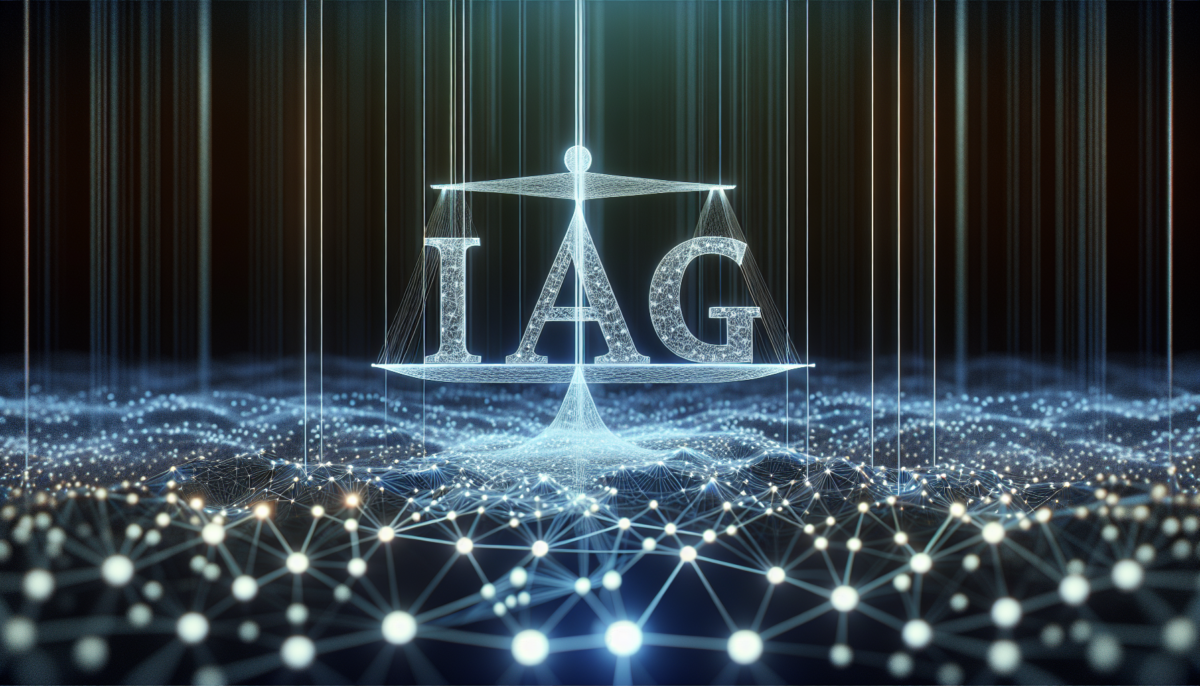

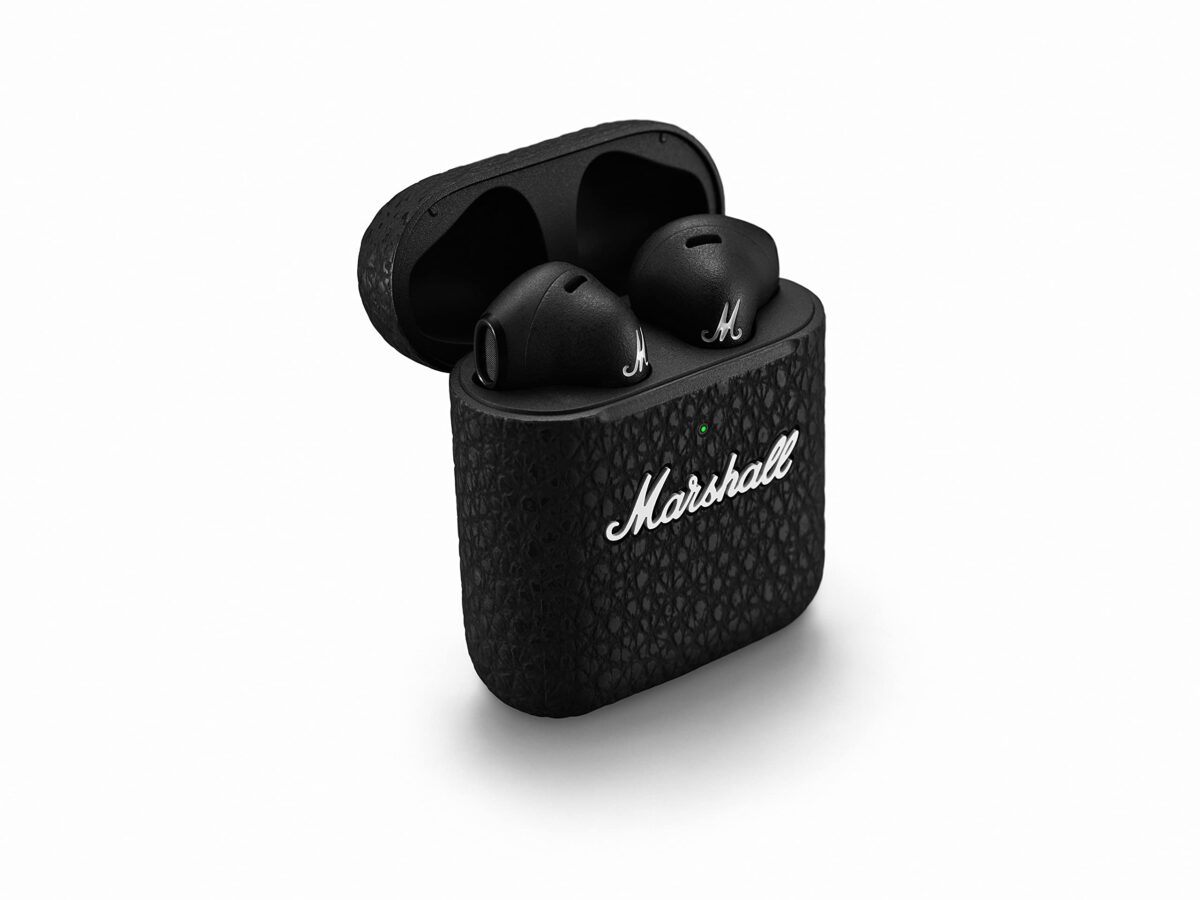


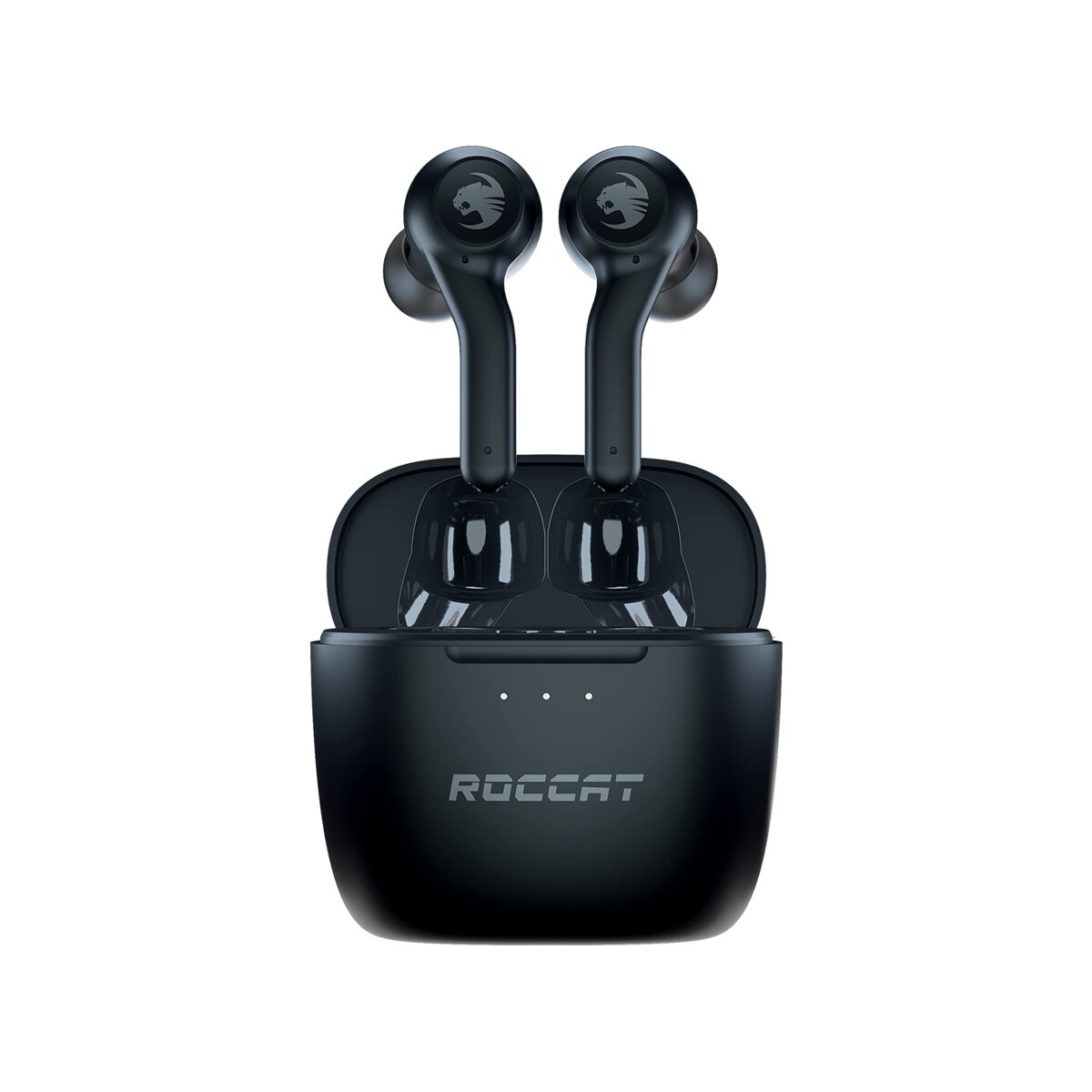

.jpg&h=420&w=748&c=0&s=0)

